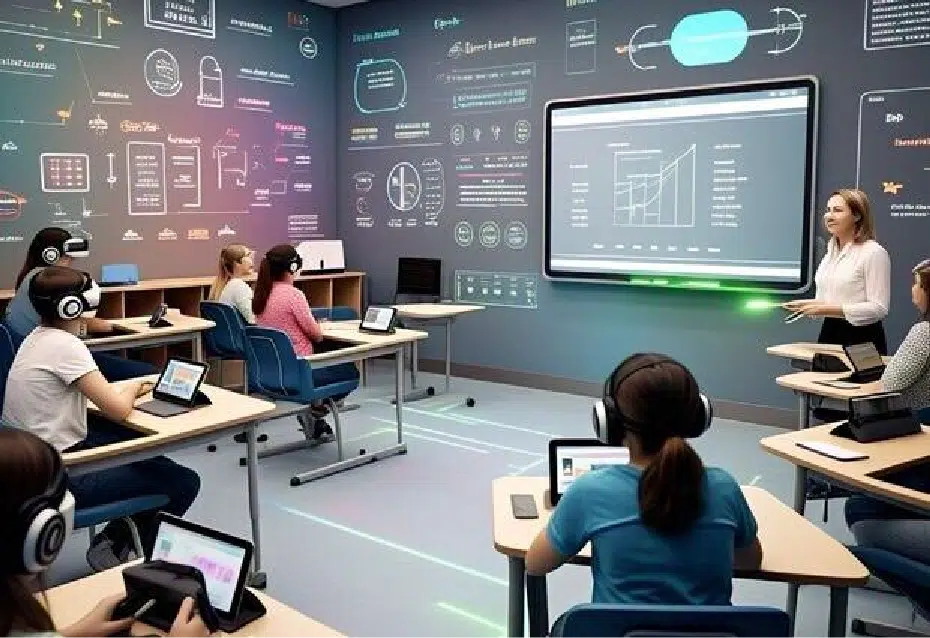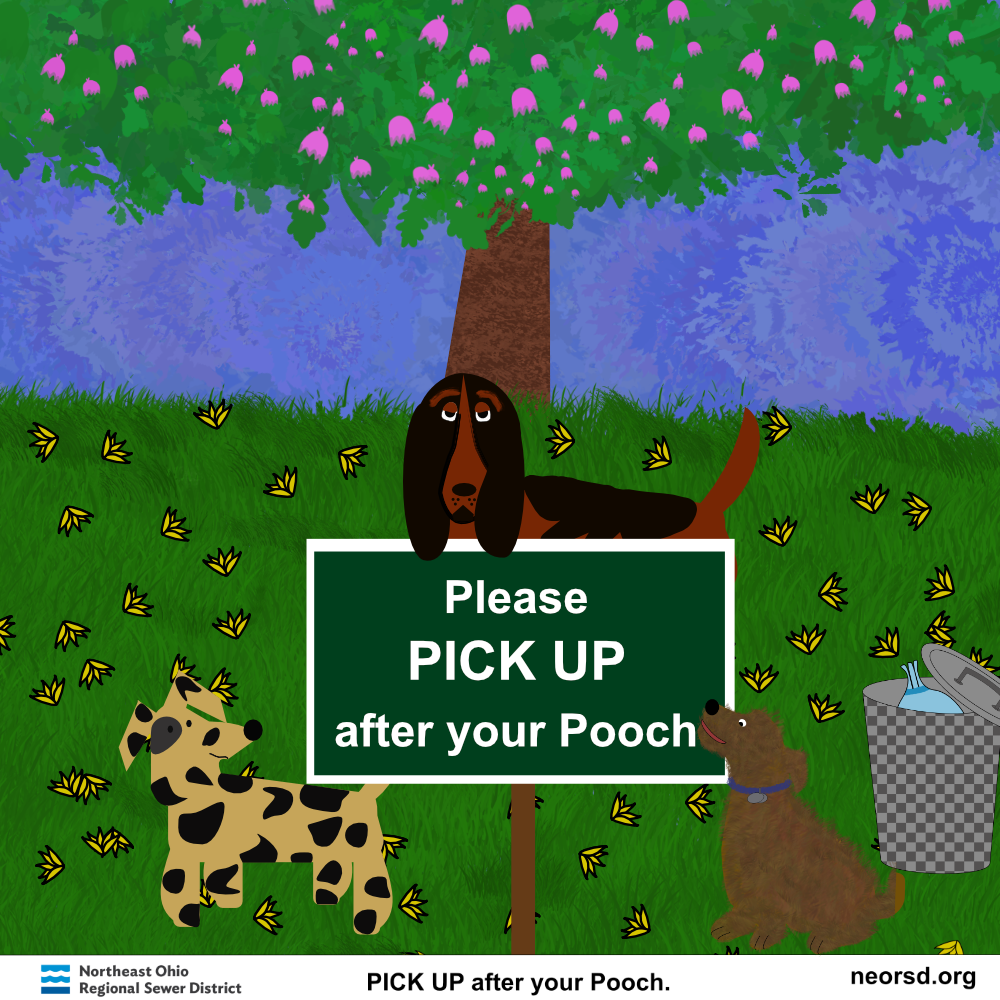
You can use AI tools to help you conduct research, create interactive educational content, and edit it to improve its quality. But utilizing AI tools without proper learning and knowledge, you might not be able to create educational content that looks authentic and credible. There are some keen details that you must keep in mind when using AI, and we are going to elaborate on these crucial details in today’s blog post.
By the end of this article, you will know how to use AI tools and refine your content. Make sure to read till the very end!
Detail #1: Academic Guidelines
When preparing educational content, adherence to academic standards guarantees the quality, reliability, and professionalism of the content. The following are the guidelines that offer a structure for presenting the information in a clear and systematic manner.
Plagiarism
Plagiarism in academic and educational content is a serious problem. When you utilize AI to write content, it may sometimes unwittingly copy the content of external sources, resulting in possible plagiarism. As a result of this, it is important to always make sure that the content has not been copied accidentally.
Turnitin is one of the tools that can aid in preventing plagiarism. The Turnitin tool copies the work and searches it in a huge database of academic papers, articles, and other sources. It creates emphasis regarding any content that could be plagiarized, which provides you with an opportunity to rectify it prior to publishing.
To make your content plagiarism-free, you can use an online paraphrasing tool that will rewrite it in a totally different style while maintaining its original meaning. It’s a great yet time-saving approach to remove plagiarism from your educational content and make it unique.
AI Detection and Humanization
Compared to a human, AI can generate content rapidly, but it may lack the depth and nuance that human-written content often contains. So, by any chance you utilized an AI content creation tool to generate a certain section of your educational content, making it human-written should be your first priority. To make AI-generated content feel more human-like and authentic, you can use an online humanizer to humanize AI to transform AI-written content into something that sounds more natural and authentic.
An AI text humanizer adjusts tone, structure, and word choice to ensure the content sounds human, without changing it drastically. By using AI humanizer, you can fine-tune AI content to ensure it maintains a human-like flow while staying true to the intended message.
Word Count
Word count is crucial in the production of educational materials. It is essential to ensure that the content is neither too short nor too long. AI-written materials might be insufficient or more than the necessary amount of words. For instance, if your teacher assigned you to write a 1,800-word assignment, then an AI tool might not achieve that specific word limit.
To assist in this, highlight a specific section and ask ChatGPT or Perplexity AI to expand it without any fluff. That way, you might be able to achieve the expected word count. When using ChatGPT, prompt it to write in “Canvas.” In Canvas, you will be able to edit any section without changing the entire content.
Grammar
Grammatical correctness is an essential part of educational material. It is a critical issue that can lower the quality and readability of your content. If you have written your assignment all by yourself, a great possibility is that it will contain grammar and punctuation issues. Issues like missing punctuation marks, spelling mistakes, sentence structure, and subject-verb agreement are common in writing.
To fix this, you can use Grammarly, an online tool good for identifying and correcting grammar, punctuation, and sentence structure errors. It is a very easy and practical method of guaranteeing that the content that is being put out is professional and contains no errors.
So, this was the first detail that you must keep in mind when creating educational content using AI.
Detail #2: Information and Research
Content in the field of education should be highly researched and supported by credible sources. AI can help in generating the first drafts, but it is critical to conduct accurate research that you can provide to AI so it can write accurate and reliable educational content. To conduct in-depth research, below are some popular sources that you can consider.
Google Scholar
Google Scholar is an excellent site to locate peer-reviewed papers, books, and articles from credible sources. With this tool, you will have convenient access to scholarly journals and studies, which will be useful in supporting your content. Incorporation of well-researched information will add credibility to your work, making it more reliable and authoritative.
ResearchGate
ResearchGate is another good research tool. This network both unites scholars, academics, and professionals, where they share their efforts and can work on projects together. ResearchGate offers access to papers, research, and articles done by different researchers on prominent topics. Through this tool, you would be able to obtain good information and knowledge to reinforce your educational material.
Wikipedia
Although Wikipedia has not been regarded as a wholly reliable source of academic reference, it can be utilized as a crash pad when one is looking at general information about different subjects. Citations and other outdated links used in Wikipedia entries tend to bring about peer-reviewed and reliable sources. Wikipedia can be used as a point of departure to do more detailed research by cross-checking the references listed on it.
After you gain all the essential information regarding your assignment or research paper, provide it to the Claude AI or any other tool to write educational content for you. This way, you just spent time researching, but not in writing.
Here comes the end of the second detail that you must consider when writing educational content.
Detail #3: Formatting and Structuring
The last and final detail is the formatting and structuring of your content. Educational content has to be formatted and structured properly. The organization of the sections, clear headings, subheadings, and bullet points make the reading easier and more engaging to the reader. And sometimes these details are already provided by teachers. You just need to follow them to write the educational content.
MLA, APA, Chicago, and Turabian
Educational writing should adhere to the correct citation style, depending on the target readers or the educational institution’s specific needs. There are multiple types of references and citations, but the common ones are:
- MLA (Modern Language Association)
- APA (American Psychological Association)
- Chicago
- Turabian
- IEEE (Institute of Electrical and Electronics Engineers)
- Harvard – Angila
Each of these references contains specific rules regarding the use of source citations, reference structuring, and document formatting.
To generate citations and references, you can use an online tool called Citation Machine that can give you references in various types. All you need to do is add the required information regarding your sources, and the tool uses it to form the references in the necessary style.
Outline
Arranging the thoughts and making sure that your educational content is organized in a logical manner is essential. And this is only possible by creating an outline before you start writing. The outline divides the content into manageable parts and ensures that all important points are discussed.
To come up with an outline, you can start with either ChatGPT or any other online tool. You just need to provide the topic and details of the assignment, and a tool that will give you a well-structured and extensive outline. If you don’t like it, you can ask it to generate another and then another until you get what you want.
By following these details, you can create a unique and engaging educational content using AI or by yourself (if you want). Missing even a single detail could make your academic content dull. So make sure you follow every single one of them.
Last Thoughts
Production of educational resources using AI may be very efficient and effective; however, it is important to remember that its quality, accuracy, and professionalism should be at the highest level. A good writer can guarantee that her end product is worth the money and is also credible by adhering to academic requirements, avoiding plagiarism, doing good research work, and formatting the work properly. Moreover, you can articulate the quality of the content to a certain extent by applying such tools as HumanizeAI, Turnitin, Grammarly, Google Scholar, ResearchGate, and Citation Machine, which would help you to make your work academic and educational. With the capacity of AI plus human knowledge, you will manage to design educational content not only informative but also interesting.












